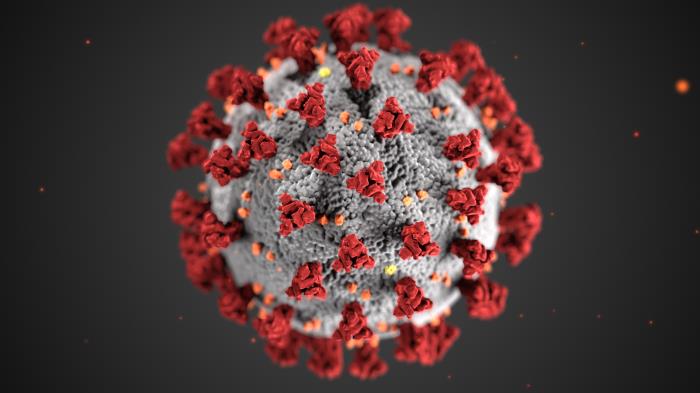Dr Teresa Lebel, Senior Botanist & Curator Cryptogams at the State Herbarium of South Australia, mentored a citizen scientist, Fran Guard (PhD 2020-), and a summer intern, Lachlan Tegart (Hons 2018), in publishing descriptions of three new species of mushrooms.
On Monday, these new species were published in the “Fungal planet” series of the mycological journal Persoonia.
Lebel, T. & Tegart, L. (2020). Fungal planet 1086: Lactifluus albopicri T.Lebel & L.Tegart. Persoonia 44: 404-405 & online supplement. (880kb PDF).
Lebel, T., Tegart, L. & Verbeken, A. (2020). Fungal planet 1087: Lactifluus austropiperatus T.Lebel & L.Tegart. Persoonia 44: 406-407 & online supplement. (830kb PDF).
Guard, F.E., Barrett, M.D., Farid, A., Smith, M.E. & Lebel, T. (2020). Fungal planet 1091: Marasmius vagus Guard, M.D.Barrett & Farid. Persoonia 44: 514-415 & online supplement. (960kb PDF).
Lactifluus austropiperatus and Lactifluus albopicri belong in a group of mushrooms called the ‘milkcaps’, all of which produce a milky latex when the fruiting body is broken. Both of these species are white or pale cream in colour and have a hot-peppery taste, which lingers on the tongue for some time afterwards!
Marasmius vagus is, as the name suggests, ‘a wanderer’. While the species is quite widely distributed in natural habitats in northern and central Queensland, Fran discovered that it appears to have recently been transported to Florida, USA, where it has become established in gardens and nature strips in urban areas.
Written by State Herbarium mycologist Teresa Lebel.









You must be logged in to post a comment.